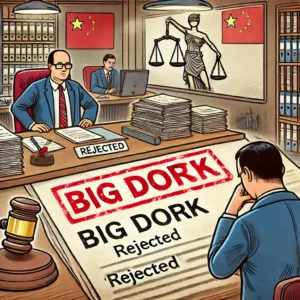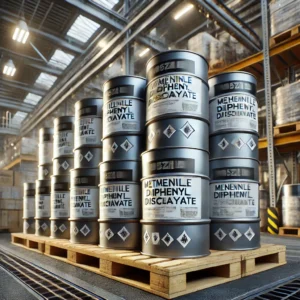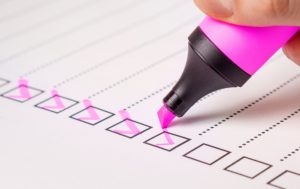How Many Trademarks Should You Register in China?
Our trademark clients often ask how many trademarks they ought to register in China. The answer is not as straightforward as it may seem.
Register the Brands You Use or Plan to Use
As an initial matter, companies should register the brands they are actually using (or plan to soon use) and on the goods or services actually in use in China. But sometimes clients are unable to register their actual trademark (either because it was too descriptive or too similar to an existing registration) and instead opt to file applications for a similar trademark they have no intention of ever using. Their rationale is that if they can register the similar trademark, it would block any applications for their actual trademark. This is not an approach I recommend, but it’s not as bizarre as it sounds. Just because their application was rejected doesn’t mean a trademark squatter’s application for the exact same mark would be rejected. China National Intellectual Property Administration (CNIPA) examiners are not bound by previous decisions and their decisions do not always make sense. More on this below.
Why Famous Brands Need Extra Vigilance
Higher Risk of Squatters
The more famous your brand, the more likely that trademark squatters will target it by filing phonetically or orthographically similar marks.
Chinese Brand Names
A Chinese version of a foreign brand is often new and not widely recognized, giving squatters a chance to confuse consumers about which name is legitimate.
This is especially common with the Chinese version of a foreign brand; the Chinese brand name is often new and not well known, so who’s to say which Chinese name is accurate? Companies should apply for as many similar trademarks as they can afford, including Chinese-language marks. See Chinese Brand Names, Copycats, and Soundalikes.
Protect Across Multiple Classes
Chinese trademark law allows—and often incentivizes—applicants to register marks across multiple classes, even for goods or services they don’t currently provide. This strategy helps protect against infringers who target your brand in unrelated areas.
Case in Point: Starbucks
Starbucks registers its “STARBUCKS” mark across all 45 classes of goods and services in China (or most of them; we called it a day after confirming they have registered it even in Class 13, which covers goods related to firearms, ammunition, and explosives). As a result, they maintain stronger rights and can swiftly address infringing uses in areas beyond coffee or food. See China Trademarks: Register in More Classes, Take Down More Counterfeit Goods.
Another question is whether companies with a logo that contains some text should file separate applications for both the logo and the text itself. The short answer is yes: filing separate applications for both the logo and the word mark provides more protection than just the logo by itself.
You can use the word mark with any font or in any context, and you won’t have to file a new application if you later change your logo.
Beware CNIPA Unpredictability
Although a logo containing text is often considered more distinctive—and therefore more likely to secure registration—the CNIPA’s decisions can be inconsistent. For instance, we have received different rulings on two nearly identical trademarks: one was a word mark that sailed through, while the other—a slightly stylized version—was rejected due to a perceived conflict. This contradiction underscores CNIPA’s unpredictability, so it’s wise to prepare for all outcomes.
Conclusion
Navigating the China trademark landscape can be unpredictable, but preparation is key. Securing trademarks across multiple classes, filing both word marks and logos, and protecting your brand in Chinese are essential strategies to reduce risk.
Ultimately, the more trademark applications you file, the better your odds of successful registration. If you need assistance crafting a registration strategy tailored to your brand and budget, consult with an experienced China trademark lawyer. A proactive approach now can save you significant costs and headaches down the line.

























